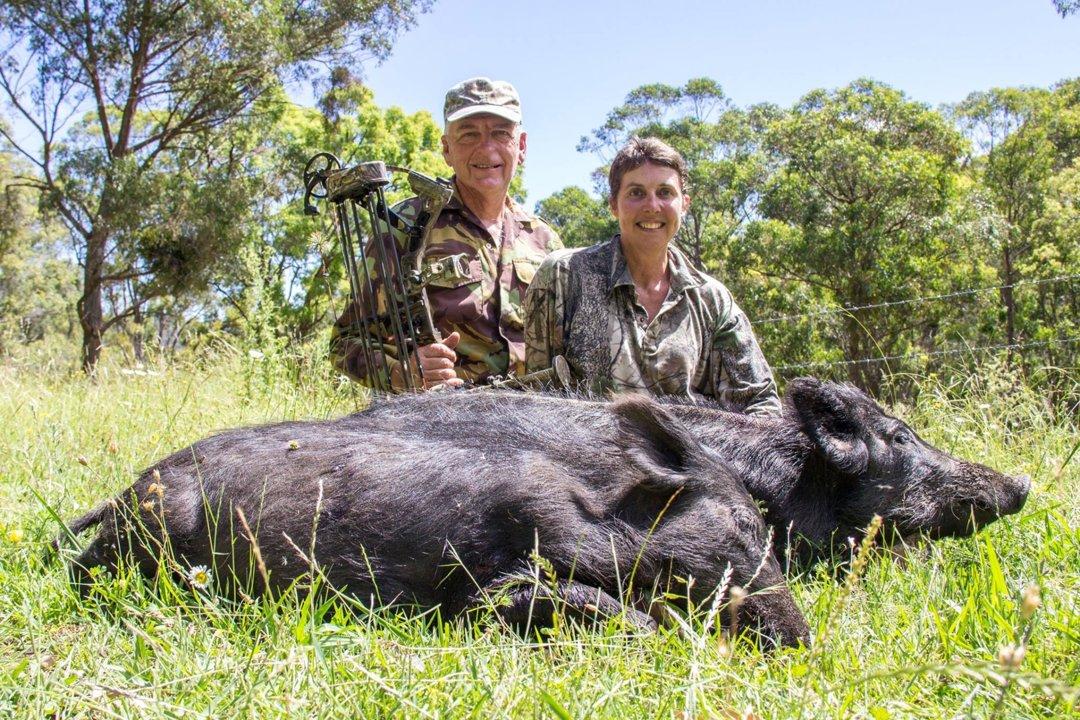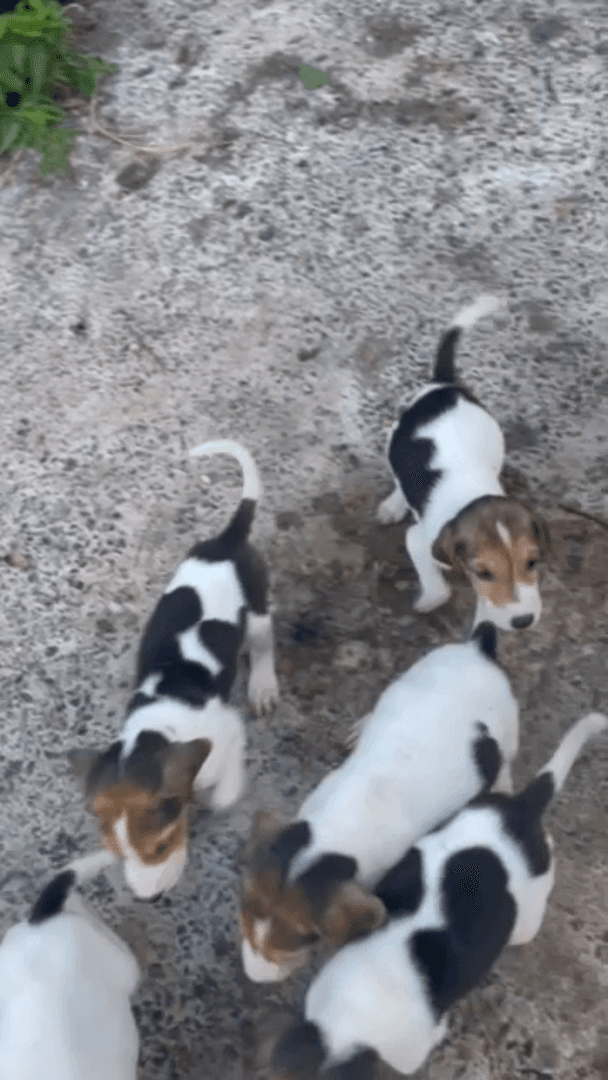
HUNTING SEASONS IN NEW BRUNSWICK, CANADA 2025–26: Big Game and Small Game, Licenses, and Regulations Guide Plan your 2025–26 New Brunswick hunt with our province‑by‑province guide—season dates, bag l
Post: 30 July 12:45

Post: 30 July 12:45

Post: 17 June 08:39

Post: 8 June 22:25

Post: 2 July 09:56

Post: 29 July 14:26

Post: 16 May 12:23

Post: 29 July 11:55

Post: 30 July 14:08

Post: 13 May 14:07

Post: 4 December 23:28

Post: 4 August 10:13

Post: 16 July 14:03

Post: 4 June 14:56

Post: 26 August 20:39

Post: 14 May 15:17

Post: 28 May 12:33

Post: 26 December 22:02

Post: 29 August 08:14

Post: 29 May 10:59

Post: 23 May 14:33

Post: 11 June 06:23

Post: 3 June 00:15

Post: 28 July 10:21

Post: 29 July 16:16

Post: 29 July 11:04

Post: 1 August 07:47

Post: 28 July 16:24

Post: 14 July 21:14

Post: 27 May 12:30

Post: 17 June 19:25

Post: 31 July 09:35

Post: 22 August 10:28

Post: 9 July 08:33

Post: 10 July 06:47

Post: 5 August 11:18

Post: 22 August 13:32

Post: 24 July 11:10

Post: 4 July 14:02

Post: 30 July 10:39

Post: 12 May 14:39

Post: 19 May 12:04

Post: 29 July 13:00

Post: 19 August 10:31

Post: 26 May 20:51

Post: 21 August 09:00

Post: 29 July 10:12

Post: 28 July 08:57

Post: 28 May 14:03

Post: 28 May 12:30

Post: 22 August 14:32